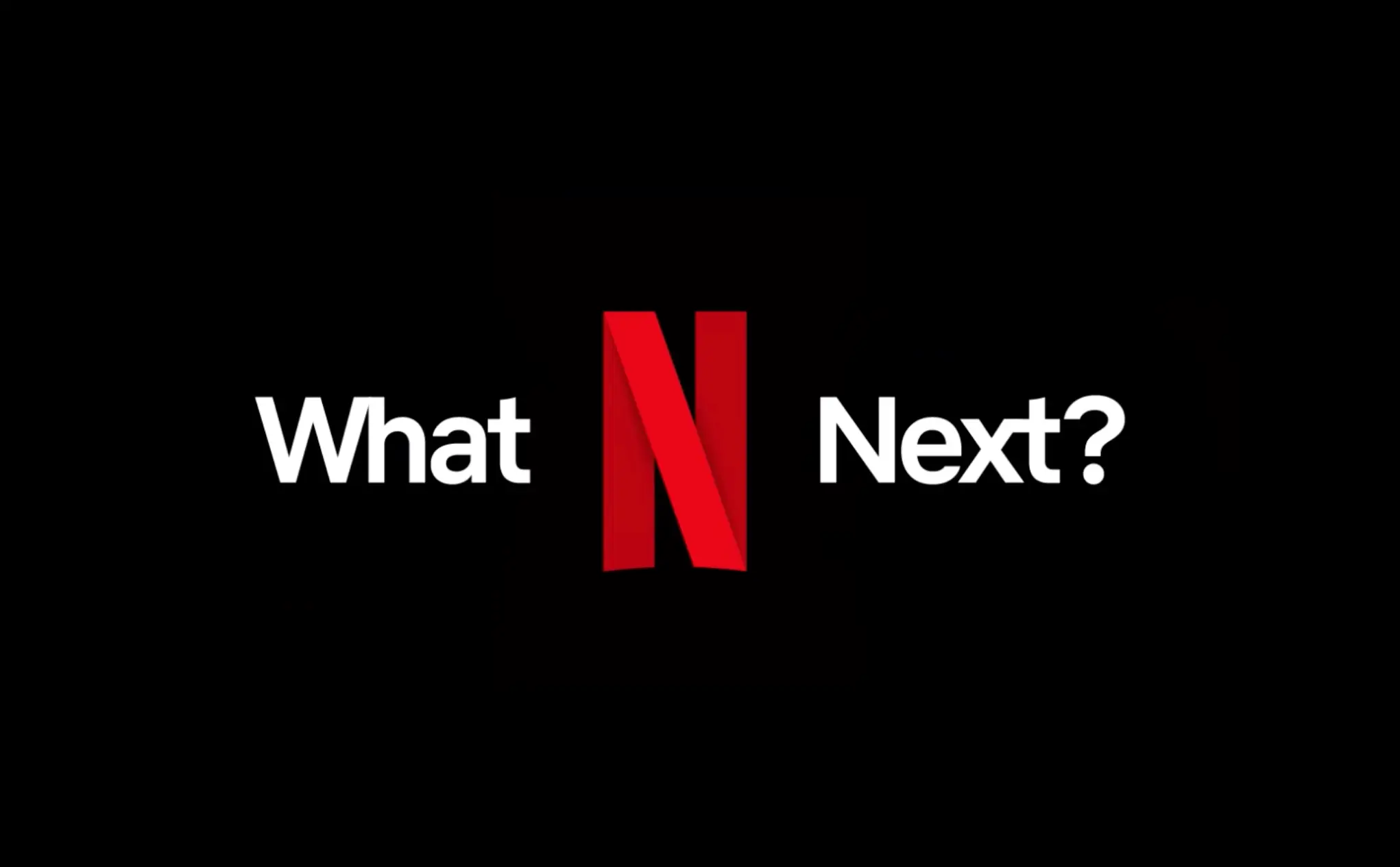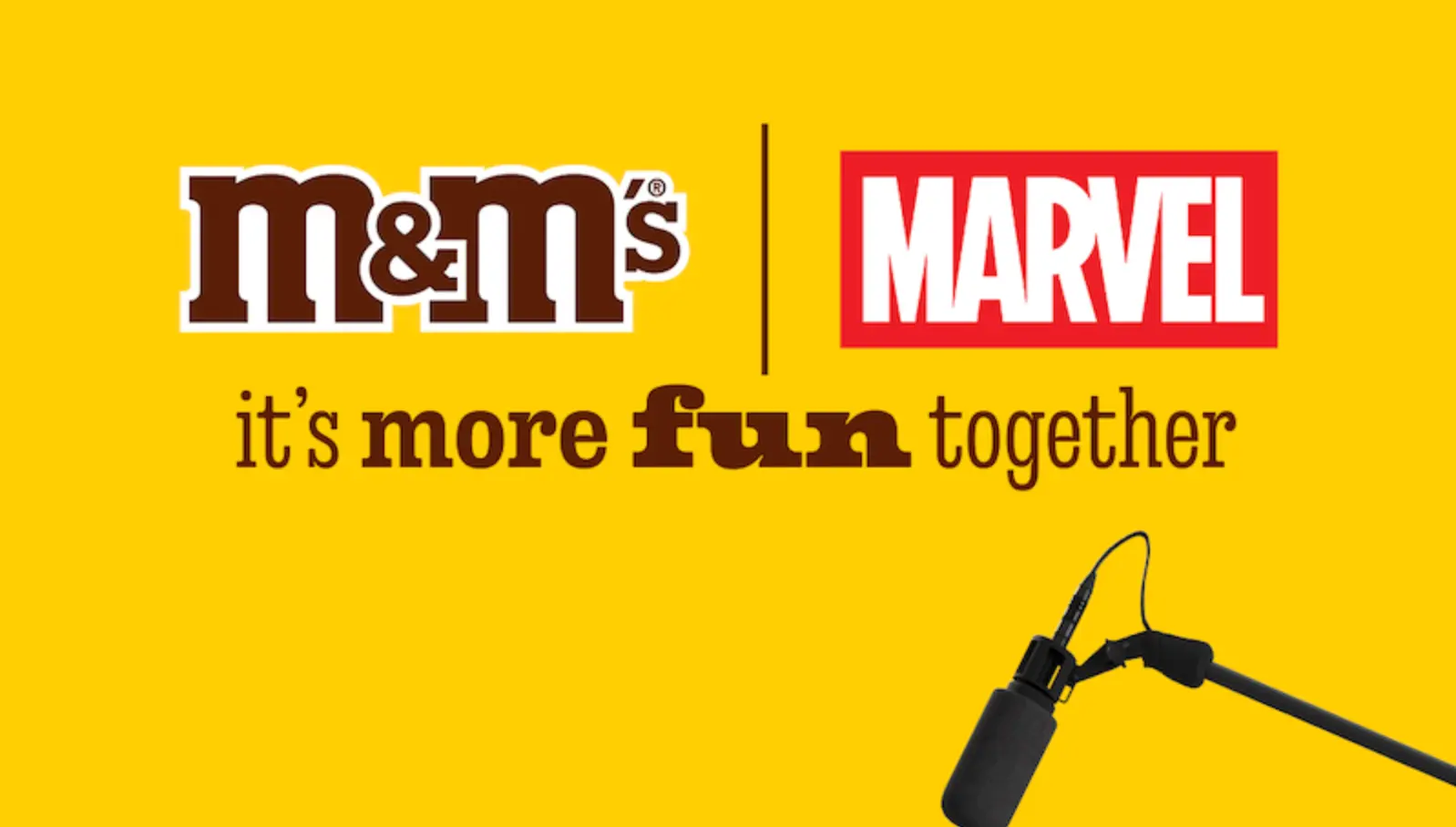Coca-Cola vs. PepsiCo: Which One Has the Best Marketing Strategy
Updated on
Published on

Soft drinks once dominated the global beverage scene, but shifting consumer sentiments toward health and wellness have eroded the traditional cola market over the past few decades. Despite these challenges, Coca-Cola retains a commanding presence through iconic branding and persistent innovation, while PepsiCo—though experiencing slower performance in its carbonated drink segment—continues to adapt, investing in product diversification and influencer-driven campaigns. This article revisits the enduring competition between these two beverage giants, digging into their marketing strategies, brand images, and creative efforts to engage with consumers under evolving market conditions.
PepsiCo’s Integrated Marketing Strategies (IMS)
PepsiCo’s integrated marketing solutions often center around emotional engagement. Pepsi goes beyond simply selling soda, aligning itself with music, sports, and entertainment figures who embody youthful exuberance. This style of brand archetype—often described as a “lover” brand—celebrates human emotion and encourages fans to connect with Pepsi’s messages on a personal level.
Celebrity Endorsements and Media Stunts
One hallmark of Pepsi’s approach is its reliance on star-studded ads and cameo appearances. Over the years, the brand has recruited high-profile pop icons such as Britney Spears and Beyoncé, leveraging their fame to amplify product campaigns. While these collaborations can be expensive, they capture consumer attention across TV, social media, and live events, cultivating a sense of hype around each campaign’s release date.
Potential Risks
Not every celebrity alignment yields favorable results. For instance, a controversial campaign featuring Kendall Jenner caused backlash, underscoring how sensitive social issues can become if a brand’s content appears to trivialize them. This situation demonstrates the importance of thoroughly reviewing creative concepts and messaging to avoid missteps that might damage consumer perception.
Embracing Health and Variety
In recent years, PepsiCo has also invested significantly in what it dubs its “Concept of Health” strategy. Recognizing consumer shifts, the brand expanded zero-calorie and “better for you” lines, highlighted by acquisitions such as SodaStream, a notable $3.2 billion deal in 2015. By tapping into customizable, at-home carbonation, PepsiCo appeals to households seeking less sugar or novel flavor blends. Their marketing materials emphasize how these new lines cater to active, mindful lifestyles—subtly distancing the brand from the perception of sugar-laden soft drinks.
Why PepsiCo’s Methods Resonate
PepsiCo’s marketing appeals to emotional connectivity, big-name endorsements, and repeated brand reinventions. The brand’s adaptability in packaging updates, pivoting product lines, and forging influencer partnerships helps it stay top-of-mind even as soda demand recedes. Despite past controversies, Pepsi remains a major force, proving that a willingness to shift imagery and invest in emerging beverage segments can preserve consumer engagement.

Coca-Cola’s Integrated Marketing Strategies (IMS)
Coca-Cola stands as one of the most recognized brands on the planet, with a logo that has changed minimally since the late 19th century. This unwavering visual identity, combined with a legacy of storytelling and broad emotional resonance, endows the brand with exceptional staying power.
A Heritage of Sharing and Happiness
Coca-Cola’s marketing strategies frequently revolve around themes of friendship, celebration, and human connection. Campaigns like “Share a Coke” invited consumers to personalize cans and bottles with names or nicknames, linking product purchases to meaningful, personal gestures. This direct consumer engagement fosters loyalty by intertwining everyday experiences—like a lunch break or gift exchange—with the brand’s message of togetherness.
Timeless Advertising History
From iconic Christmas advertisements featuring Santa Claus in Coca-Cola’s red-and-white color scheme to the “I’d Like to Buy the World a Coke” anthem of the 1970s, the company is known for ads that evoke nostalgia and positivity. Modern digital campaigns continue this tradition, infusing social media challenges, brand-sponsored concerts, and augmented reality product experiences. While adopting new media channels, Coca-Cola still leans on decades of brand equity to unify each marketing effort under a cohesive, cheerful lens.

Emotional Blind Tests
It’s famously noted that during blind taste tests, some participants often prefer Pepsi’s flavor. However, once labels are revealed, the majority revert to choosing Coca-Cola—a testament to the brand’s powerful identity and emotional ties. This phenomenon underscores how intangible brand allure can tip the scales over product taste alone.
Broad Yet Consistent Portfolio
While Coca-Cola invests in water, juices, teas, and coffee, it carefully underscores each brand extension with the same sense of optimism that defines its colas. Whether marketing Dasani water, the zero-sugar versions of classic beverages, or acquisitions like Costa Coffee, the brand remains positive and inclusive—traits that have charmed multiple generations.
Why Coca-Cola’s Approach Endures
Stability, positivity, and an emphasis on everyday connections form the pillars of Coca-Cola’s success. Although times change, the brand’s self-portrayal as an enduring, uplifting presence fosters an almost nostalgic confidence in consumers—leading them to choose Coke not only for flavor but for an intangible sense of comfort and tradition.
Branding & Recognition
Despite their core differences, Coca-Cola and PepsiCo each leverage distinctive branding to maintain or increase market share. Red, bold typography, and consistent packaging have made Coca-Cola an almost universal symbol. Meanwhile, Pepsi’s frequent rebranding—some five times since 1950—indicates a determination to remain visually fresh and culturally relevant.
PepsiCo: Continual Adaptation
Pepsi’s color triad (red, white, and blue) remains constant, but the brand regularly modernizes packaging, typeface, and shape. Each evolution is meant to reflect contemporary tastes or bigger brand narratives—appealing to younger consumers who enjoy novelty. Yet Pepsi must manage rebrands carefully, ensuring consumers don’t feel disoriented by frequent changes. This “refresh quality,” however, helps Pepsi forge a modern, edgy aura in the beverage aisle.

Each simplification was an attempt to make the brand name appear more legible to the consumer and therefore more memorable, but throughout the timeline of 1973 until 2008, the changes became increasingly minuscule and post-2008 the consumer perception of the brand had significantly changed. By frequently reinventing the brand image, PepsiCo has created a key ‘refresh quality’ in themselves, which can potentially satisfy the consumer perceptions of the ever-changing market. It is important for the company to pay careful attention as too many changes can cause fans to get confused.
Branding & Recognition: Coca-Cola
Coca-Cola’s brand persona remains anchored by its classic script logo and red-and-white palette—unchanged for over a century. This consistency fosters recognition worldwide, with or without text. Marketing experts often cite Coca-Cola as exemplifying how an enduring brand identity can outperform frequent cosmetic updates.
Within marketing, the color red stands for power, energy, and passion – making it a great choice for brand communication integration. During a blind taste test, a significantly higher number of people choose PepsiCo over Coca-Cola. However, when participants were shown which brand they were being presented, the majority were drawn towards Coca-Cola, reinforcing the company’s strong brand loyalty.

Where the Rivalry Stands: Market Share and Consumer Mindset
Coca-Cola leads in overall brand value and carbonated market share, a fact many interpret as evidence of its marketing brilliance. However, PepsiCo—a diversified conglomerate with a broad snack portfolio—exhibits resilience by compensating for soda weaknesses through sports drinks, snack foods, zero-sugar lines, and sparkling water offerings.
Changing Priorities
The use of brand archetypes to form a cultural or emotional connection with target audiences is a great way to generate a universally identifiable message. By creating this sort of ‘tribe’ and connecting personal, immersive experiences to potential customers, both brands attract a sense of belonging, which both PepsiCo and Coca-Cola have strived to achieve since the beginning of their respective journeys.

Furthermore, statistics & facts study from 2022 reported that “PepsiCo has been slowly losing market share in the carbonated soft drink category for years, standing at 8.7 percent in 2020.” The study also claims that within the beverage industry, Coca-Cola has always been PepsiCo's primary competition and as a company, Coca-Cola’s value is about 5 times that of PepsiCo.
Consumer health consciousness challenges both brands. Soft drink consumption per capita has been steadily falling, according to various industry reports. This shift underscores why both Coca-Cola and PepsiCo aggressively invest in “healthier” lines, plant-based ingredients, or “zero calorie” innovations.

Lessons for Other Marketers: Building Strong Identities Amid Shifting Trends
Both Coca-Cola and PepsiCo showcase strategic responses to evolving consumer preferences, offering valuable insights to any brand outside the beverage sector:
- Cultivate Emotional Ties
- Create advertising that triggers nostalgia, happiness, or excitement. Coke fosters memories of holiday celebrations, while Pepsi invests in pop-culture tie-ins. Emotional resonance can overshadow functional product aspects and shape brand loyalty.
- Balance Consistency and Evolution
- Coca-Cola exemplifies consistency in core design, reinforcing consumer familiarity. Pepsi, conversely, exemplifies evolution—proving it’s possible to keep brand visuals relevant for new generations. A brand should decide how frequently to refresh its identity based on audience expectations.
- Diversify for Resilience
- Market shifts demand broader offerings or sub-brands. Coca-Cola extends into Dasani, Fanta, and coffee acquisitions, while Pepsi invests in plant-based proteins (Quaker, for instance) and athletic beverages (Gatorade). Adapting or expanding product lines can hedge risks against diminishing interest in your staple product.
- Leverage Cultural and Social Events
- Both companies sponsor large-scale events (like music festivals or sporting championships) and produce event-specific packaging or limited editions. Tying your brand to cultural happenings can amplify brand exposure and consumer loyalty.
- Engage Digitally
- Effective social media campaigns, influencer partnerships, and interactive online challenges help maintain brand vibrancy. Just as Pepsi thrives on influencer commercials and Coca-Cola orchestrates user-generated “Share a Coke” content, brands should craft digital experiences that let fans become part of the brand story.
Looking Forward: Evolving Tastes, Ongoing Rivalry
This rivalry goes beyond taste tests. It’s about brand narratives, identity, and the ability to remain part of people’s lives. Coca-Cola thrives on unwavering heritage and consistent emotional resonance, whereas PepsiCo reinvents itself often, leaning on bold design shifts, celebrity endorsements, and product diversification to maintain a contemporary buzz. For outside brands—within beverages or completely different sectors—this ongoing competition provides timeless principles in marketing and brand stewardship. When done right, authenticity, emotional branding, and strategic innovation can sustain brand longevity, even under dramatic market shifts.
At its core, the cola showdown reveals that robust brand equity is built not just on sweet flavors, but on purposeful storytelling and an unwavering commitment to meeting evolving consumer needs. Coca-Cola and PepsiCo each interpret these values in different ways, keeping global audiences fascinated—and ensuring that the “Cola Wars” remain one of the most discussed rivalries in corporate marketing.









